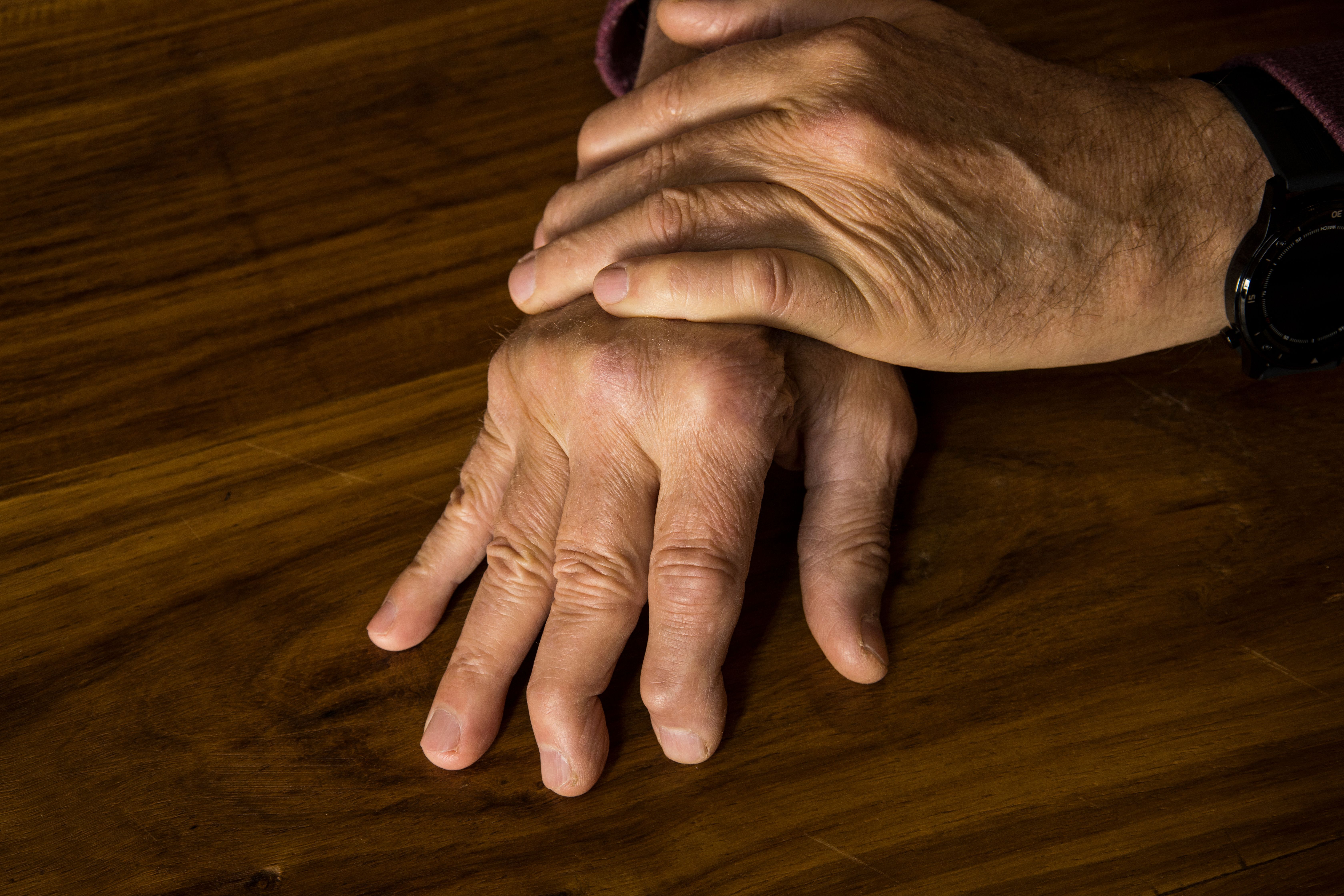Article
Severe Uncontrolled Asthma Results in Higher Economic Burden Despite Treatment With Biologics
Author(s):
Patients with severe asthma continue to have residual disease despite initiating treatment with biologics, and severe uncontrolled asthma is associated with higher economic burden compared with controlled asthma, according to 2 posters.
New biologics to treat severe asthma have been introduced in recent years; however, a substantial proportion of US patients with severe asthma have residual disease, and patients with severe uncontrolled asthma (SUA) have a significantly higher asthma-related economic burden vs patients with nonsevere asthma, according to posters presented at the Academy of Managed Care Pharmacy annual meeting.
Severe asthma can be difficult to treat, and previous research has highlighted the significant economic burden due to severe asthma and SUA. In the first poster, researchers sought to assess the cost burden of SUA by describing health care resource utilization (HCRU) and economic burden for SUA vs nonsevere asthma.1
They retrospectively analyzed US administrative claims data from the IBM Watson Health MarketScan Commercial, Medicare, and Supplemental Database from January 2012 to December 2019. There was a 12-month pre- and postindex period included.
A total of 533,172 patients with persistent asthma were included in the study: 309,562 (58.1%) had nonsevere asthma and 223,610 (41.9%) had severe asthma. Of the total cohort, 39,380 (7.4%) had SUA. The majority of all 3 groups—severe, nonsevere, and SUA—were female and had commercial insurance.
Compared with the nonsevere cohort, patients with severe asthma and SUA were older and had higher comorbidities of allergic rhinitis and chronic sinusitis. Patients with SUA had higher HCRU: They were more likely to have an all-cause and an asthma-related inpatient admission and emergency department visit in the 12 months post index (earliest qualifying claim).
All-cause health care costs in the 12 months after the first claim were $7176 higher for patients with SUA than patients with nonsevere asthma. Patients with severe asthma had costs that were $2377 higher than patients with nonsevere asthma. Similarly, asthma-related costs in the first 12 months post index were $4763 higher for patients with SUA and $2115 higher for patients with severe asthma vs patients with nonsevere asthma.
For patients with severe and nonsevere asthma, the outpatient and inpatient service costs were similar for both all-cause health care and asthma-related costs. However, patients with severe asthma had higher outpatient pharmacy costs: $5877 vs $3152 for all-cause and $2428 vs $479 for asthma-related costs.
A subset of patients had workplace absenteeism and short-term disability data available. These data showed that patients with SUA had a significantly larger work loss and indirect costs compared with patients in the nonsevere group.
While patients with severe asthma were less than half (41.9%) the study population, they accounted for 60.5% of total asthma-related costs. Patients with SUA were only 7.4% of the total study cohort, but their total asthma-related direct costs accounted for 17.7% of the total costs.
In the second poster, the researchers characterized the burden in the real world for patients with severe asthma who were treated with biologics.2 They used the MarketScan claims data linked to Prognos laboratory data. The study included patients 12 years and older who started taking a biologic for asthma between March 1, 2017, and September 30, 2019.
The retrospective cohort study assessed asthma control status and HCRU in the year after starting a biologic among the patients with at least 12 months of follow-up.
Asthma control status was defined as:
- Uncontrolled: at least 1 asthma-related hospitalization or at least 2 outpatient visits and a corticosteroid fill
- Suboptimally controlled: at least 1 outpatient visit and a corticosteroid fill or at least 4 short-acting β-agonist (SABA) fills
- Controlled: not meeting the criteria for either uncontrolled or suboptimally controlled
There were 2122 patients initiating a biologic for asthma in the study. The majority (62%) were on non–anti-IgE therapy, were female (64%), and had evidence of uncontrolled or suboptimally controlled asthma in the year before starting the biologic (86%). The mean age was 49 years.
A majority of patients (64%) had an asthma exacerbation in the year after starting the biologic. These exacerbations primarily resulted in outpatient visits that required systemic corticosteroids.
The asthma treatments that were frequently used in the year after starting the biologic were inhaled corticosteroids plus long-acting β-agonists (80%), systemic steroids (78%), SABAs (73%), and leukotriene receptor antagonists (68%).
Only 971 patients had at least 12 months of follow up. Of these patients, half (52%) had uncontrolled asthma and a quarter (26%) had suboptimally controlled asthma.
In the year after biologic initiation, the mean annual total all-cause health care costs were $67,968. Asthma-related costs accounted for 71% and outpatient prescriptions contributed to 46% of the asthma-related costs. Additionally:
- Uncontrolled all-cause costs were $78,897
- Uncontrolled asthma-related costs were $54,129
- Suboptimally controlled all-cause costs were $65,266
- Suboptimally controlled asthma-related costs were $45,377
- Controlled all-cause costs were $57,501
- Controlled asthma-related costs were $43,255
“Biologic therapies are effective in reducing exacerbations, but a substantial proportion of US severe asthma patients treated with biologics have residual disease, suggesting a remaining unmet need,” the authors concluded.
References
1. Burnette A, Wang Y, Rane P, et al. Real-world asthma-related health care resource utilization and costs among patients with severe uncontrolled asthma. Presented at: AMCP 2022; March 29-April 1, 2022; Chicago, IL. Poster J9.
2. Jo H, Kilpatrick K, Ambrose C, et al. Clinical and economic burden of severe asthma treated with biologics in the United States. Presented at: AMCP 2022; March 29-April 1, 2022; Chicago, IL. Poster J8.





